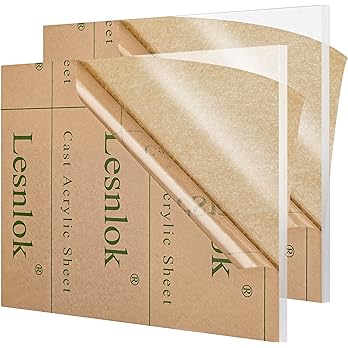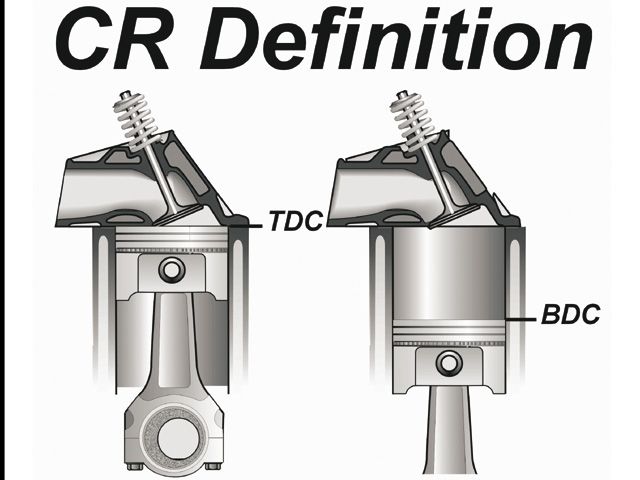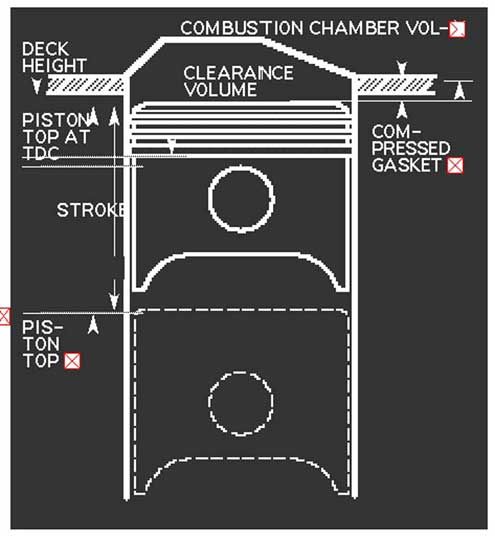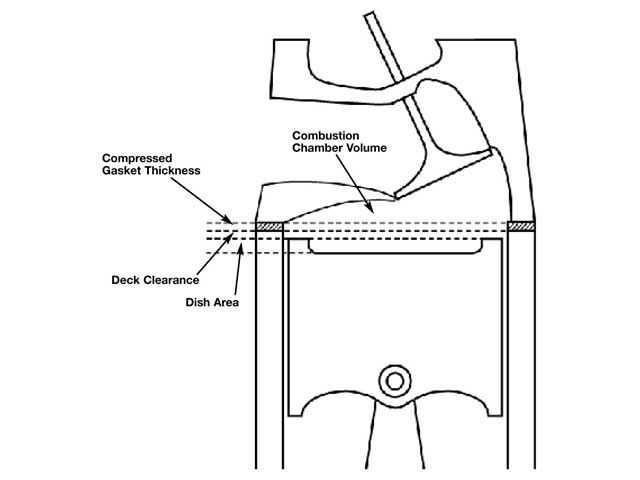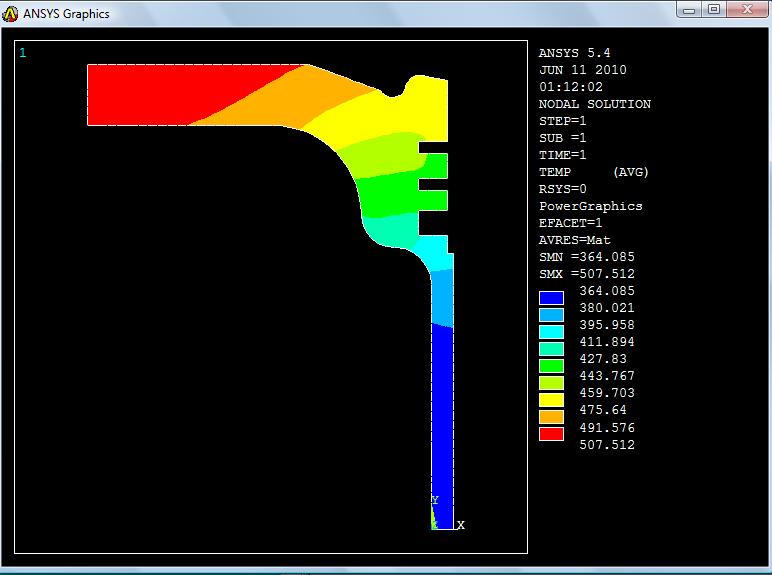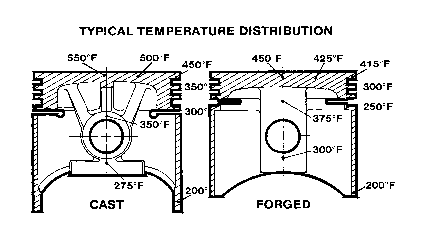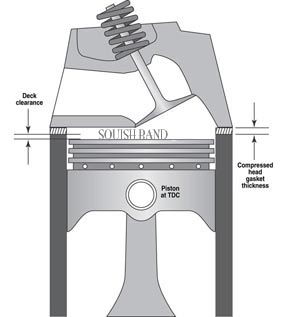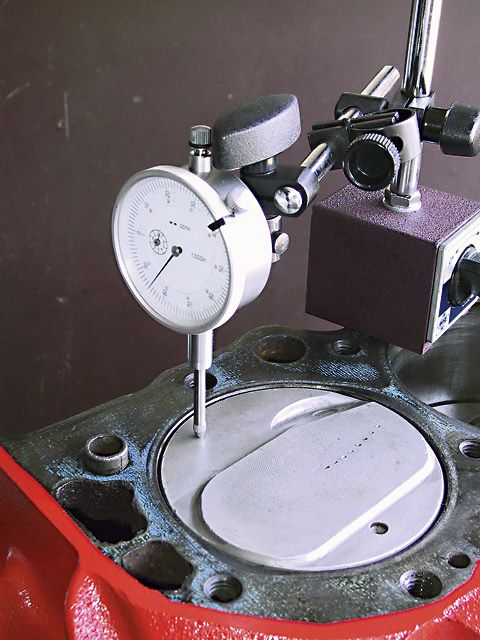Hi,
Sometimes piston specs are listed with piston head volume while other times they are listed as piston dome/dish volume. I'm trying to decide on a set of pistons for 454/.030 with a pair of Edelbrock RPM Performers that Ive had sitting around for abit, but I'm not sure how to correlate piston head volume to dome/dish volume. I'm looking to run between 9.0 and 9.5:1. Nothing too radical, just a good pump gas street motor somewhere in the 450hp - 500hp range.
Sometimes piston specs are listed with piston head volume while other times they are listed as piston dome/dish volume. I'm trying to decide on a set of pistons for 454/.030 with a pair of Edelbrock RPM Performers that Ive had sitting around for abit, but I'm not sure how to correlate piston head volume to dome/dish volume. I'm looking to run between 9.0 and 9.5:1. Nothing too radical, just a good pump gas street motor somewhere in the 450hp - 500hp range.

